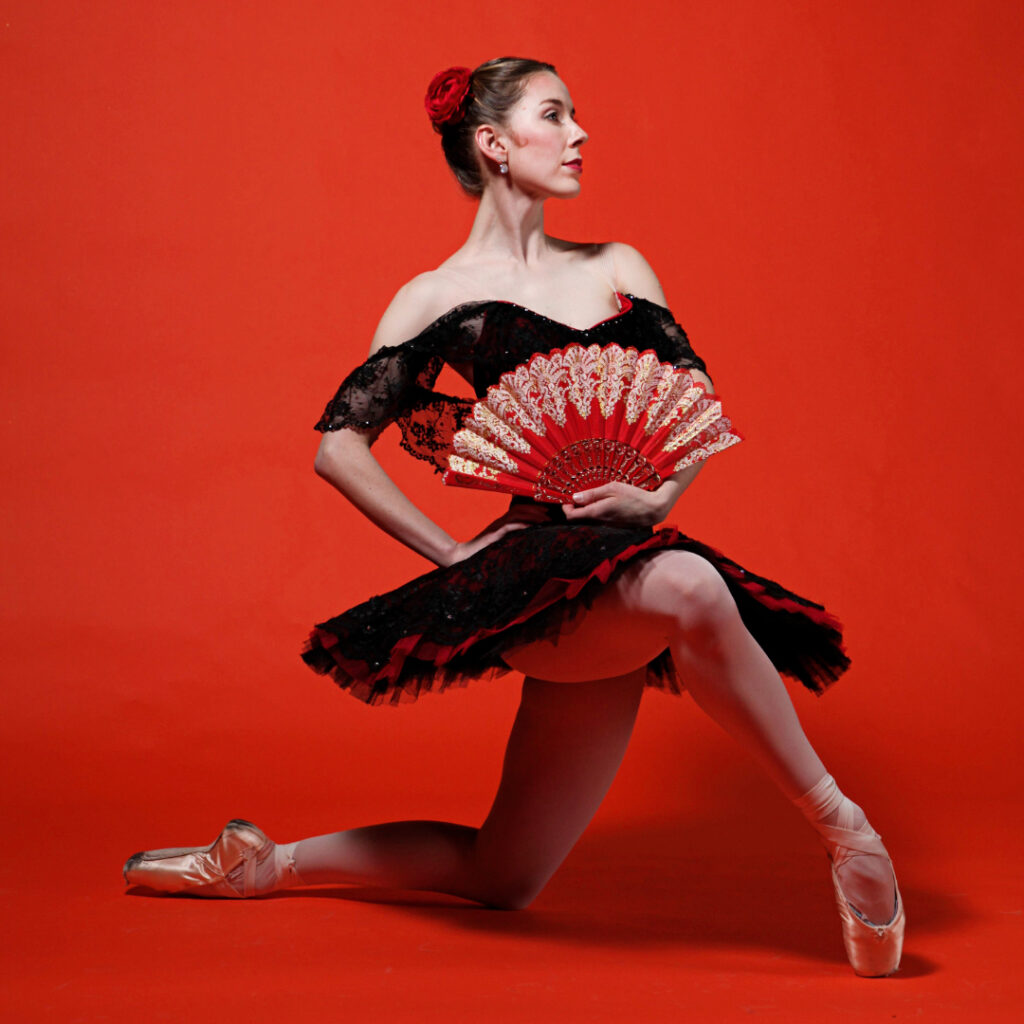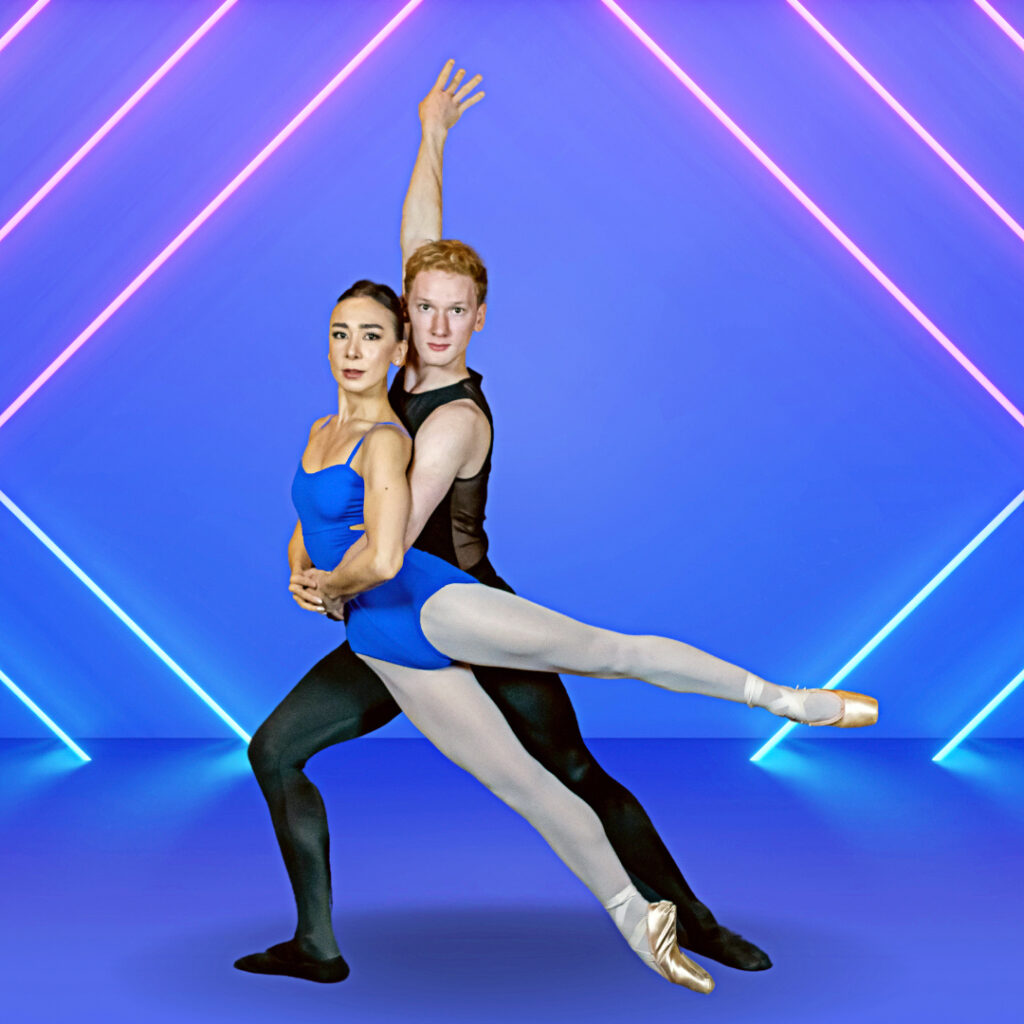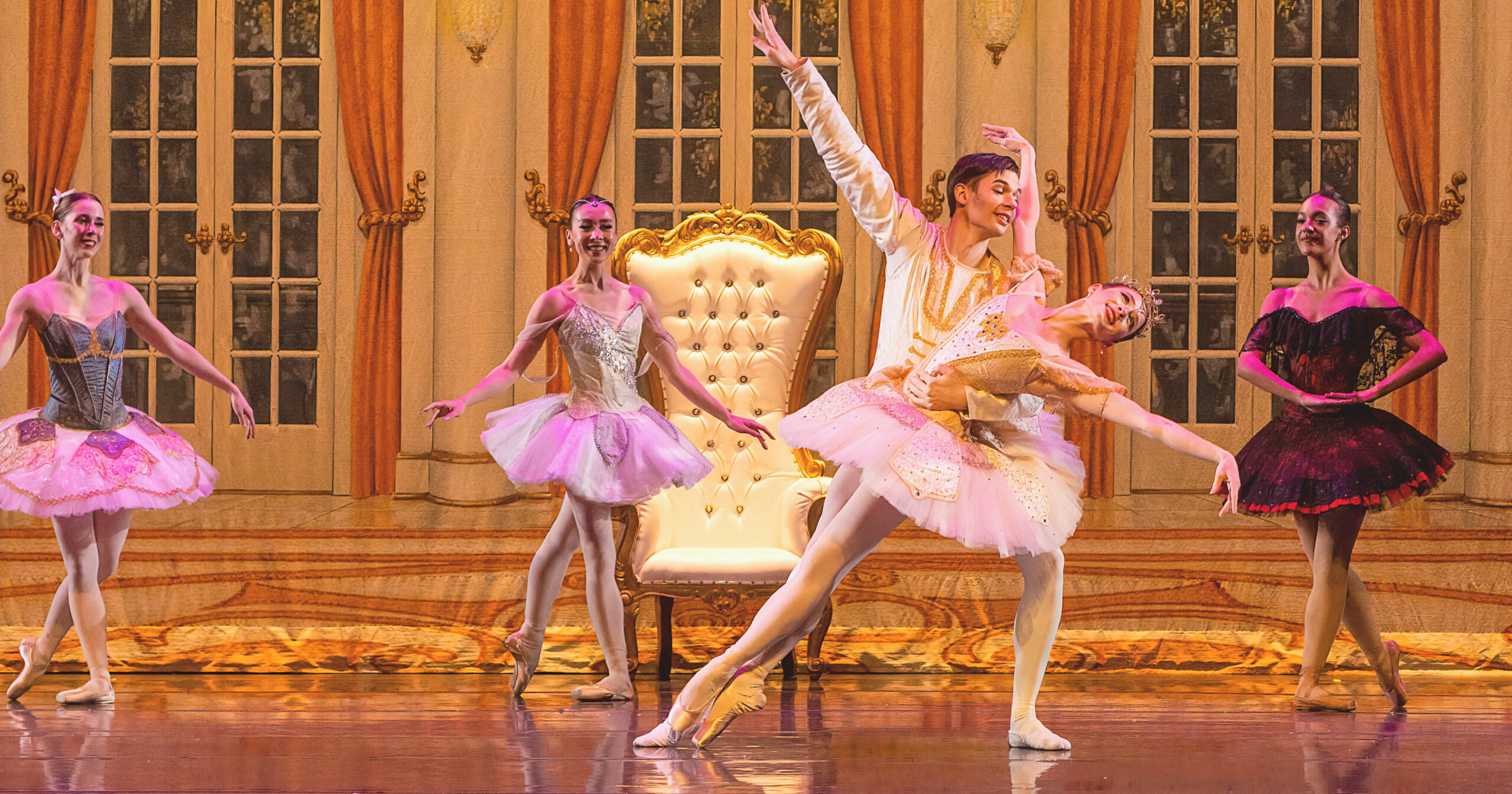With Steady Growth, Ballet Arkansas Is Making Its Presence Known in Little Rock and Beyond
With roots that can be traced back to 1966, Ballet Arkansas has had an off-and-on history as a professional dance company. During a period in the 1980s, the company had some paid dancers and an academy, and it presented tours by Mikhail Baryshnikov, Rudolf Nureyev, Miami City Ballet, and others. “But it was really in 2009 that the organization affirmed its commitment to focusing on cultivating professional talent,” says Michael Fothergill, the company’s executive and artistic director.
Fothergill, a former principal dancer and choreographer with Alabama Ballet, took over Ballet Arkansas in 2017, succeeding Michael Bearden (now the School of Dance director at The University of Oklahoma). At the time, the organization was financially in the red with an inconsistent performance record and no affiliated school, only ballet camps and intensives.

“There weren’t many sources of revenue to support the talent we had,” says Fothergill. “That’s not to say that best efforts weren’t made to make that possible. We had a great board of directors and a community that was very supportive of arts organizations. I saw a lot of opportunity to engage new donors and re-engage past ones to get them excited about the company.”
Since then, Fothergill has doubled Ballet Arkansas’ annual operating budget from $500,000 to over $1 million. He has also eliminated the company’s debt, and increased the number of company dancers from 11 to 15, along with their salaries and benefits. Ballet Arkansas currently presents five to seven bills annually and has residencies at three performance venues. In 2022 he and his wife, associate artistic director Catherine Fothergill, founded an affiliated school, Ballet Arkansas Center for Dance.
Veteran company member Lauren Hill, who has witnessed the transformation of Ballet Arkansas since 2013, says that the Fothergills’ have raised the company’s profile since taking over its leadership. “There have been more shows and variety of shows,” says Hill. “We have also been more a part of the Little Rock community with the collaborations the directors have arranged with local partners.”
Asked to describe Ballet Arkansas’ current identity, Fothergill says it’s an organization centered on belonging and giving back to the community. “People need to see themselves in our organization through the works we select to perform and in the social interaction we have with the community and the neighborhoods we reach.”
Fothergill’s vision for the non-ranked, non-union company and its programming is one, he says, that “explores new vocabulary for dance while upholding the traditions of classical ballet.” The company performs story ballet classics, 20th-century repertoire from Gerald Arpino, Frederick Ashton, and George Balanchine, and ballets by contemporary choreographers including Val Caniparoli, Ma Cong, FLOCK (Alice Klock and Florian Lochner), and Fothergill himself.

Fothergill points to the infusion of technology in the company’s newer productions, like his 2020 Great Gatsby and 2022 Dracula. “We use 4K projection to infuse imagery, video, and text into productions, as well as 360-degree sound wherever possible,” says Fothergill. The goal, he says, is to not only attract younger generations to the company’s performances, but “to spur people’s thinking that dance still has a place in their lives that is relevant and accessible.”
Currently, Fothergill says a main focus is the company becoming “a vessel for female choreographers, choreographers of color, and immigrant choreographers.”
On the diversity, equity, inclusion, and accessibility front, the organization recently updated its hiring practices to be more inclusive and has made significant strides in the diversification of its board of directors, advisory board, and guild. The company has also instituted programs to make access to its performances ADA-compliant, affordable for those with limited means, and include sensory-friendly offerings.
In 2016 the company moved to a new downtown facility as part of Little Rock’s Creative Corridor that includes art galleries, live theater, and more. But with the sustained growth of the company and school in recent years, the organization has already outgrown the facility and is researching a move to a bigger home.

Despite the increasingly cramped quarters, the atmosphere in the studio is that of a family says Hill, who credits the close-knit bond between company members and staff to the Fothergills’ handpicking dancers with a shared passion for community. “We love each other,” says Hill. “That doesn’t mean there is not competition for roles, it’s just healthy competition.”
Fothergill says he sees the company dancers as collaborators providing input and guidance in areas that are important to them. Oftentimes, they are paid in addition to their salaries for work in areas like social media and marketing. He also notes that dancers have advocated for choreographers they are keen to work with.
The company’s short-term plans are to add more dancer positions in the coming season and to continue growing its regional and statewide touring and residency relationships.
“We’re motivated as a company and curious about what is next, about merging the understanding of classical and contemporary dance,” says Fothergill, “and how far out there we can go.”
Ballet Arkansas at a glance:
- Number of dancers: 15
- Contract length: 30–32 weeks
- Starting salary: $475/week ($350/week for apprentices) with comprehensive benefits (subsidized health care, physical therapy, paid time off, gym membership, shoes, and more)
- Performances per year: 40–60
- Associated school: Ballet Arkansas Center for Dance
- Website: balletarkansas.org
- Auditions: Ballet Arkansas accepts auditions year-round by invitation to a company class or by Zoom and accepts electronic submissions (links to dancer web pages, videos, etc.). An open, no-cut audition is held in March in Little Rock. Michael Fothergill’s audition advice? “Be your authentic self. That is what we are going to celebrate if you get hired.”






